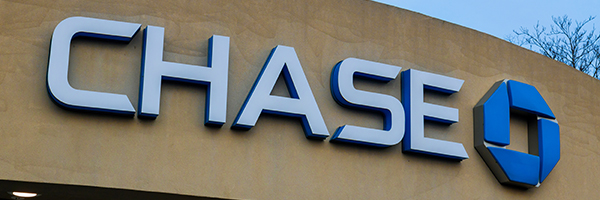After the close for the New York markets, the Federal Reserve announced the results of its newest round of stress tests on 34 big U.S. banks.
For the first time, the Fed added scenarios for a V-shaped recession and recovery; a slower, U-shaped recession and recovery; and a W-shaped, double-dip recession.
In the three downside scenarios, the unemployment rate peaked at between 15.6 percent and 19.5 percent.
The Fed said in its statement: “In aggregate, loan losses for the 34 banks ranged from $560 billion to $700 billion in the sensitivity analysis and aggregate capital ratios declined from 12.0 percent in the fourth quarter of 2019 to between 9.5% and 7.7% under the hypothetical downside scenarios. Under the U- and W-shaped scenarios, most firms remain well capitalized but several would approach minimum capital levels. The sensitivity analysis does not incorporate the potential effects of government stimulus payments and expanded unemployment insurance.
In light of these results, the Board took several actions following its stress tests to ensure large banks remain resilient despite the economic uncertainty from the coronavirus event. For the third quarter of this year, the Board is requiring large banks to preserve capital by suspending share repurchases, capping dividend payments, and allowing dividends according to a formula based on recent income. The Board is also requiring banks to re-evaluate their longer-term capital plans.”
Bank stocks, which moved up strongly today in the regular trading session gave back some of their gains in after-hours trading. JPMorgan Chase (JPM), for example, which had gained 3.49%, lost 1.06% in the after-hours trading. Bank of America (BAC), which had gained 3.82%, osgt 1.82% in after-hours trading. Wells Fargo (WFC), which had gained 4.79%, lost 2.30%.
This is the first time since the Great Recession that the Federal Reserve has limited how much big banks can give back to shareholders.


